
How can we protect wildlife in Illinois?
We are facing a biodiversity crisis. Learn about 5 animals included in Illinois’ Wildlife Action Plan and how passing the bipartisan Recovering America’s Wildlife Act can help protect species.
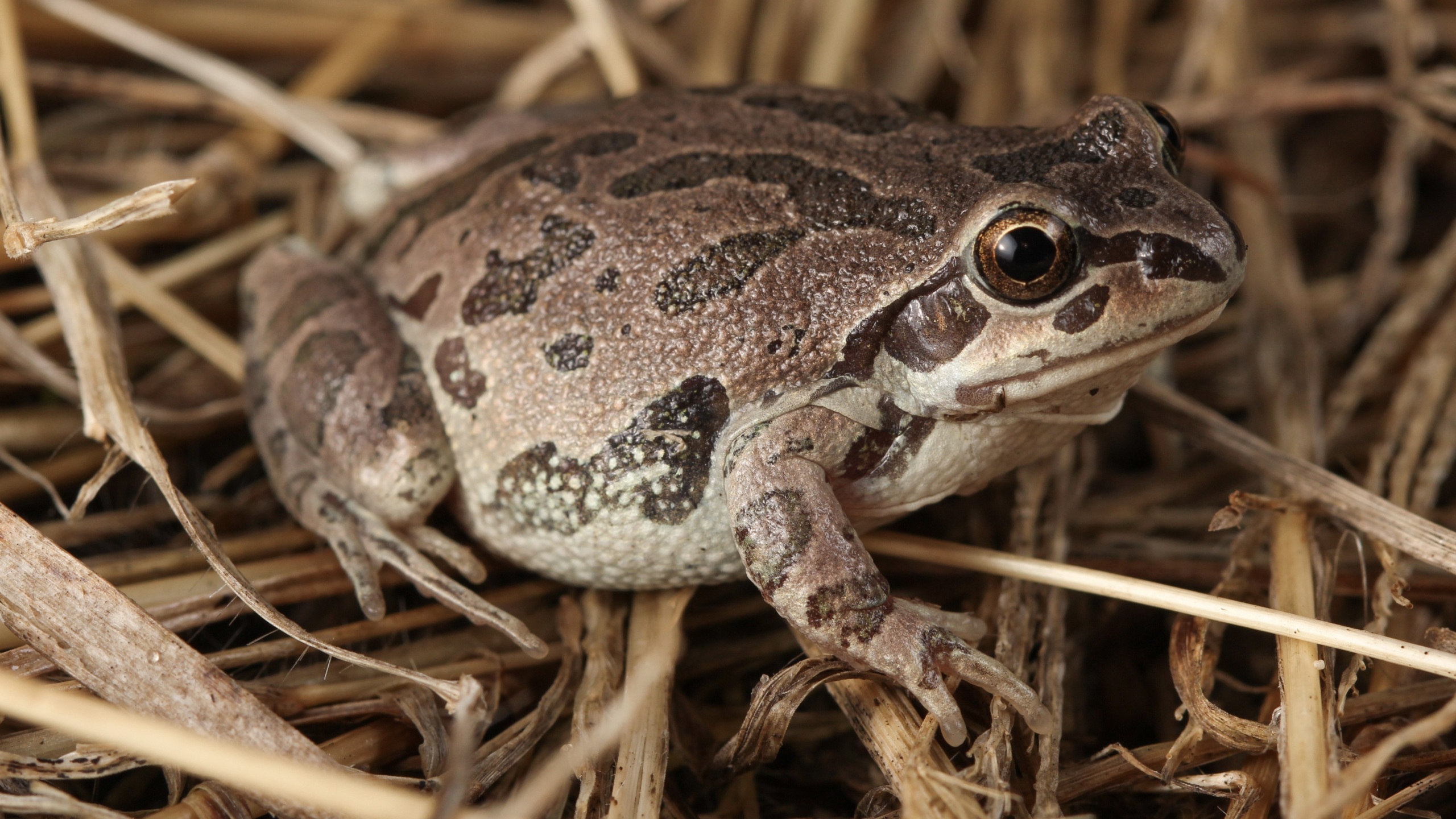
Illinois is home to a diverse range of wildlife and habitats, that is part of what makes it such an interesting place to live. But sadly, many of these species and habitats are in danger of disappearing. There are around 424 Illinois species that are currently listed as threatened or endangered by the state, and 24 species that are on the federal endangered species list. Illinois has lost over 90% of its wetlands and 99.99% of its natural prairie, and with that we have seen a dramatic decline in species diversity. We know how important it is to conserve wildlife and the places they live, but recovering endangered species requires investing in action.
424Did you know that is how many species are currently listed as threatened or endangered by the state of Illinois?
Illinois agencies and organizations work extremely hard to help protect the state’s wildlife, but could use much more support. Luckily, we have a once-in-a-generation opportunity to help fill funding gaps and meet the needs of state wildlife conservation efforts, including here in Illinois. Recovering America’s Wildlife Act is a bipartisan federal bill that, if passed, would be the most significant investment in wildlife conservation in a generation. This bill would dedicate $1.4 billion annually toward proactive conservation efforts for at-risk species by helping restore habitat, control invasive species, reconnect landscapes, address emerging diseases and more. It would invest up to $98 million annually in wildlife conservation efforts led by Tribal Nations, and support state, tribal, private and national efforts to recover threatened and endangered species. The act would provide state and territorial wildlife agencies with up to $1.4 billion annually so they can implement their federally approved Wildlife Action Plans.
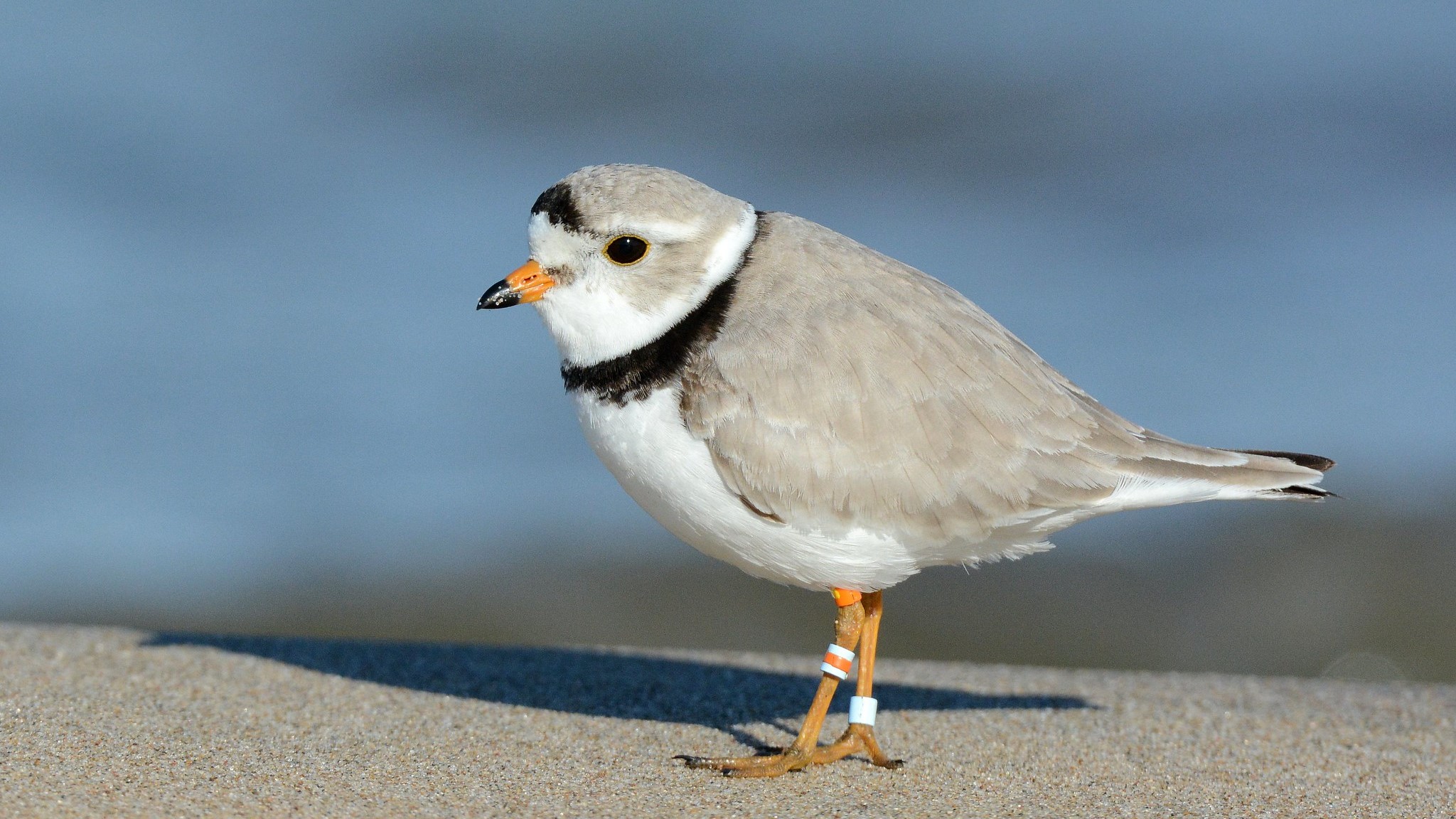
The return of Great Lakes piping plovers to Chicago
Wildlife Action Plans serve as “the blueprints for conserving our nation’s fish and wildlife and preventing endangered species.” They are developed in collaboration with scientists, conservationists, private landowners, and members of the public in order to determine priority areas and needs in conserving a state’s wildlife and habitats. Although significant progress has been made in wildlife conservation because of these plans, species continue to become threatened and endangered because a lack of funding limits how much states can really do to help. Current federal funding is less than 5% of the actual amount needed to meaningfully implement these plans. That is where Recovering America’s Wildlife Act comes in and would provide the $1.4 billion needed to implement these plans.
Here in the Prairie State, the Illinois Department of Natural Resources’ Wildlife Action Plan includes information about species of greatest conservation need here in Illinois. The plan’s creators identified these species as the most vulnerable or at-risk of disappearing. The plan lays out management strategies and goals that many agencies, conservation groups, and scientists use to guide their efforts.
Learn about five different species highlighted in Illinois’ Wildlife Action Plan
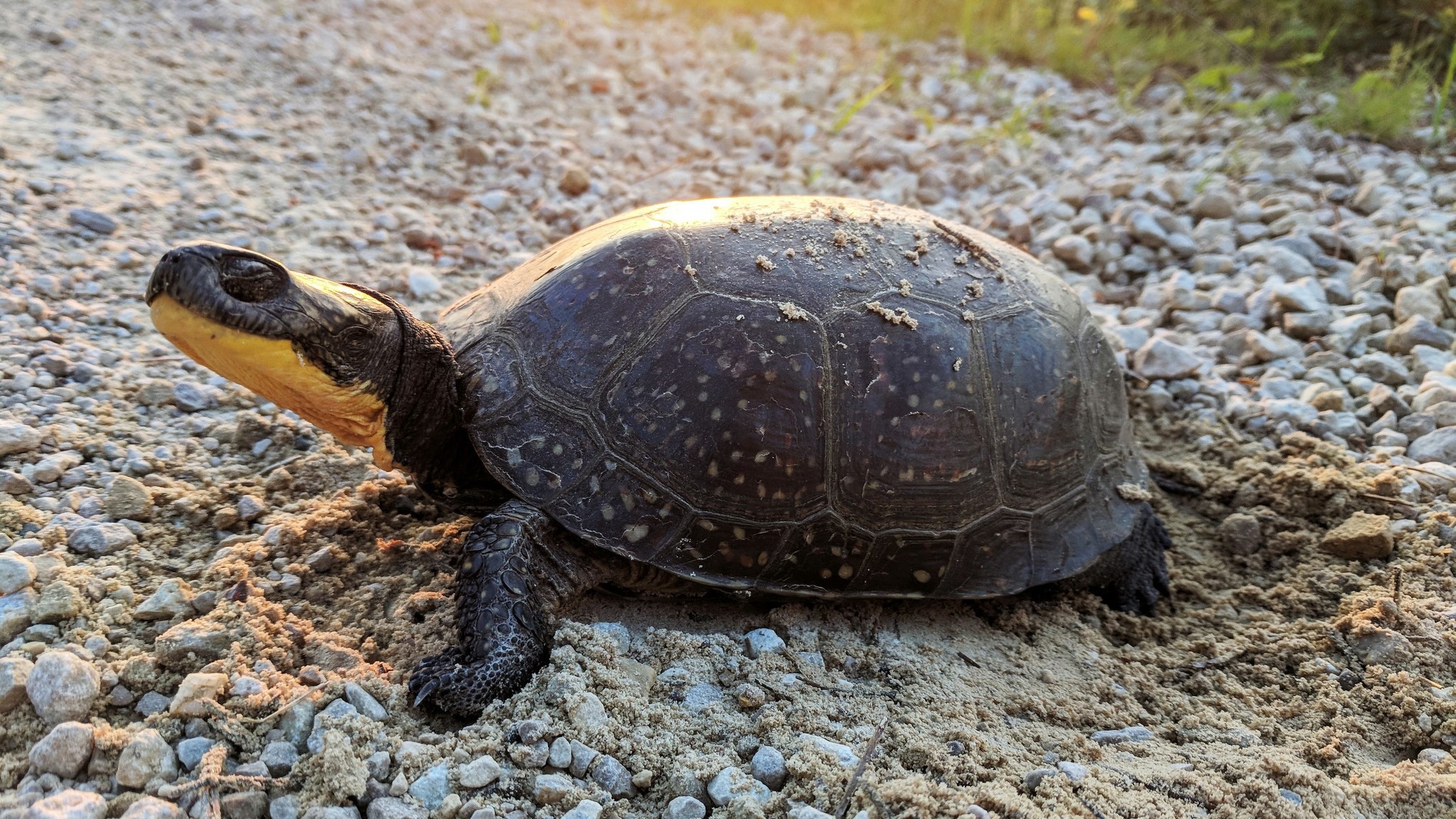
Blanding's turtle
Photo by Courtney Celley/USFWS | Public Domain

Illinois chorus frog
Photo by Jacob Cackowski/USFWS | Public Domain
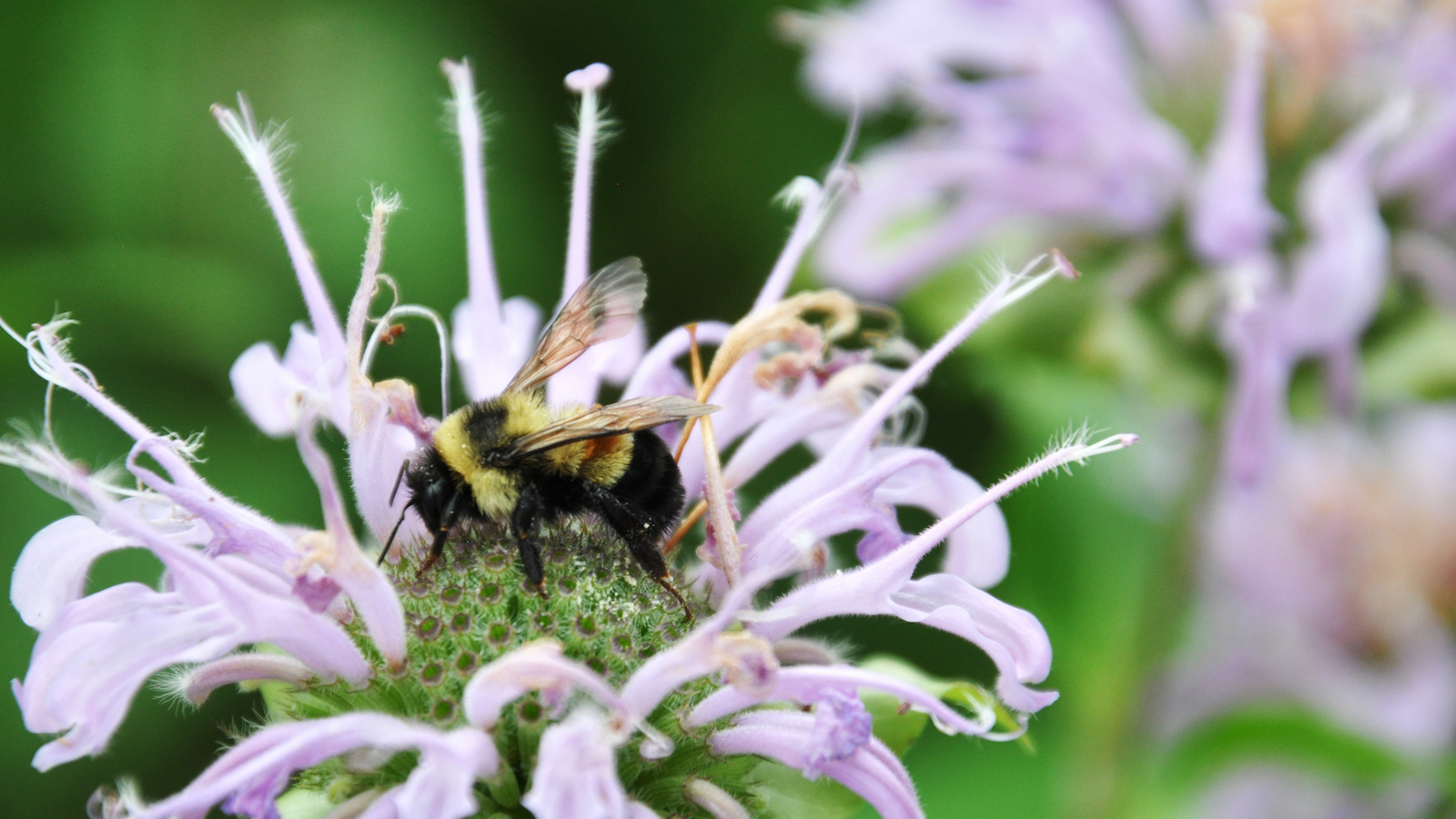
Rusty-patched bumblebee
Photo by BeeBalm, USFWS Midwest Region via Flickr | Public Domain
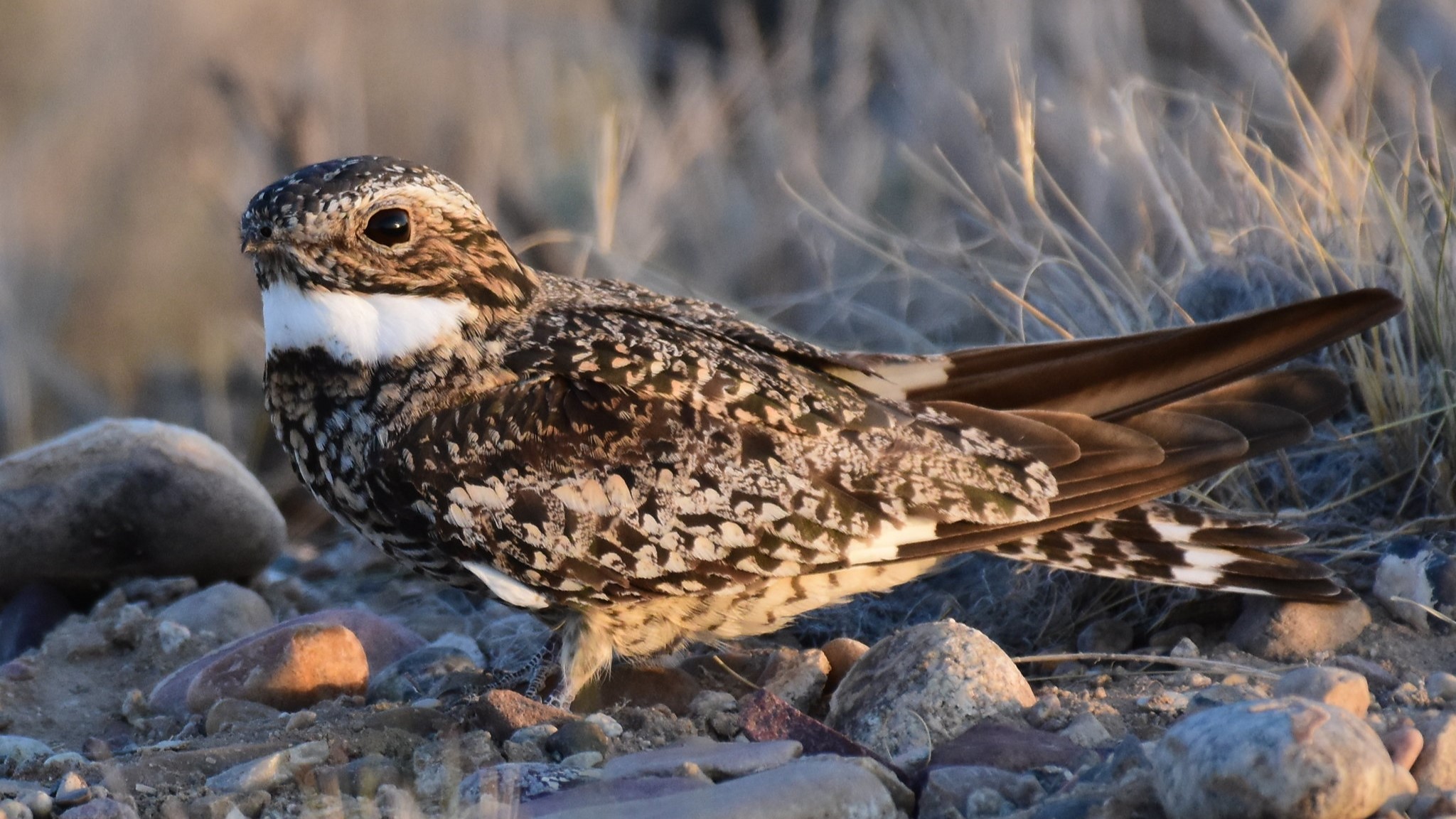
Common nighthawk
Photo by Tom Koerner/USFWS | Public Domain
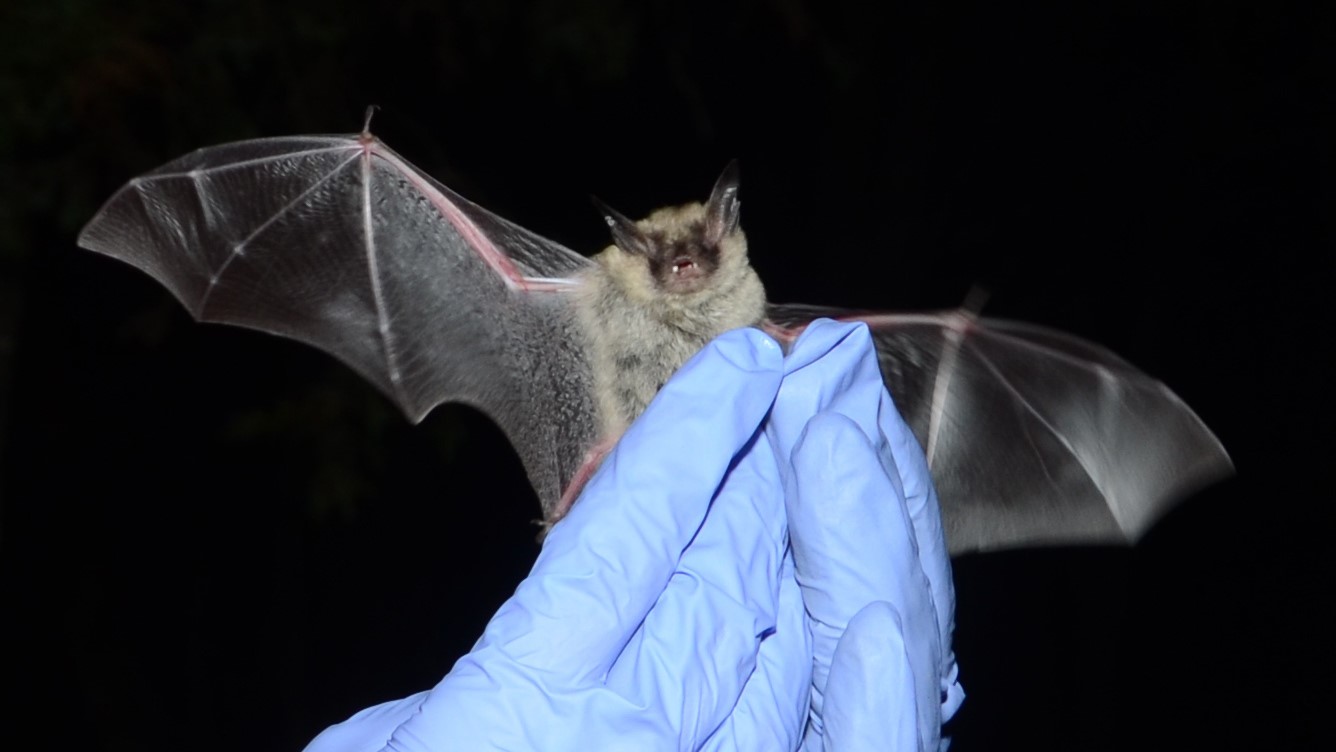
Northern long-eared bat
Photo by Pete Pattavina/USFWS | Public Domain
1of 5
Blanding's turtle
Blanding’s turtles are a state endangered species in Illinois, easily recognized by their prominent yellow chins and throats. They are aquatic turtles and eat crayfish, frogs, snails, insects, and plants. They live in bogs, marshes, lakes, and streams and prefer water bodies with lots of aquatic plants and muddy bottoms. Blanding’s turtles can live up to 70 years. Unfortunately, there are not many of these turtles left as they’ve lost much of their marshy habitats.
Illinois chorus frog
The Illinois chorus frog is a state threatened species that prefers to live along rivers and streams, and in sand prairies. The species is threatened by cultivation and the loss of sand areas and floodplains across the state. It often burrows head-first in the sand and eats spiders, mites, and other insects. Even though it spends the majority of its life underground, you can recognize these frogs by listening for their clear, high-pitched whistles.
Rusty-patched bumblebee
The rusty-patched bumblebee is a state and federally endangered species that can be found almost anywhere across the eastern U.S, and in prairies, woodlands, marshes, parks, and gardens. They rely on nectar and pollen from a diverse range of flowers and require nesting sites that can be close to the flowers they use for food. These pollinators made history in 2017 by becoming the first bumblebee in the continental U.S to be listed on the federally endangered species list.
Common nighthawk
Common nighthawks are nocturnal, migratory birds that are often found in urban areas across the state. They catch insects in the air while flying and make “peent” call sounds. Though they are relatively widespread, their populations are seriously declining. Most common nighthawks live in towns and on gravel rooftops. Their populations are primarily declining due to changing roof materials, car collisions, and increased pesticide use.
Northern long-eared bat
The Northern long-eared bat is a recent addition to the federal endangered species list. This bat was listed because of a disease called white nose syndrome which is estimated to have caused a 97 to 100% decline in most affected populations. It lives in bottomland forests, near ponds and peatlands, hibernates in caves, buildings, and even roosts under tree bark. It eats insects and some individuals have been known to live for more than 18 years!
You can help
Our state’s birds, turtles, bats, frogs, and bees are not the only species that need our help. There are many species across Illinois and the country that are in danger of disappearing forever. We have the tireless efforts of scientists, conservationists, activists, and citizens like yourself to thank for the progress that has already been made in conserving wildlife. But now, we have the opportunity to do so much more. By supporting Recovering America’s Wildlife Act, we can help guarantee a brighter future for the species we share this planet with. Now is the time to act to recover America’s wildlife.

Urge Congress to support recovering America’s wildlife
Many leading experts are warning that the sixth mass extinction is currently underway.
Topics
Authors
Emily Kowalski
Outreach & Engagement Manager, Environment Illinois
Emily manages the marketing and public engagement strategy for Environment Illinois's campaigns, including our campaign to protect the Great Lakes from plastic pollution. Emily lives in Chicago where she enjoys knitting and biking.
Kamebry Wagner
Environment Illinois Conservation Intern
Find Out More

Guide to planting a pollinator-friendly garden
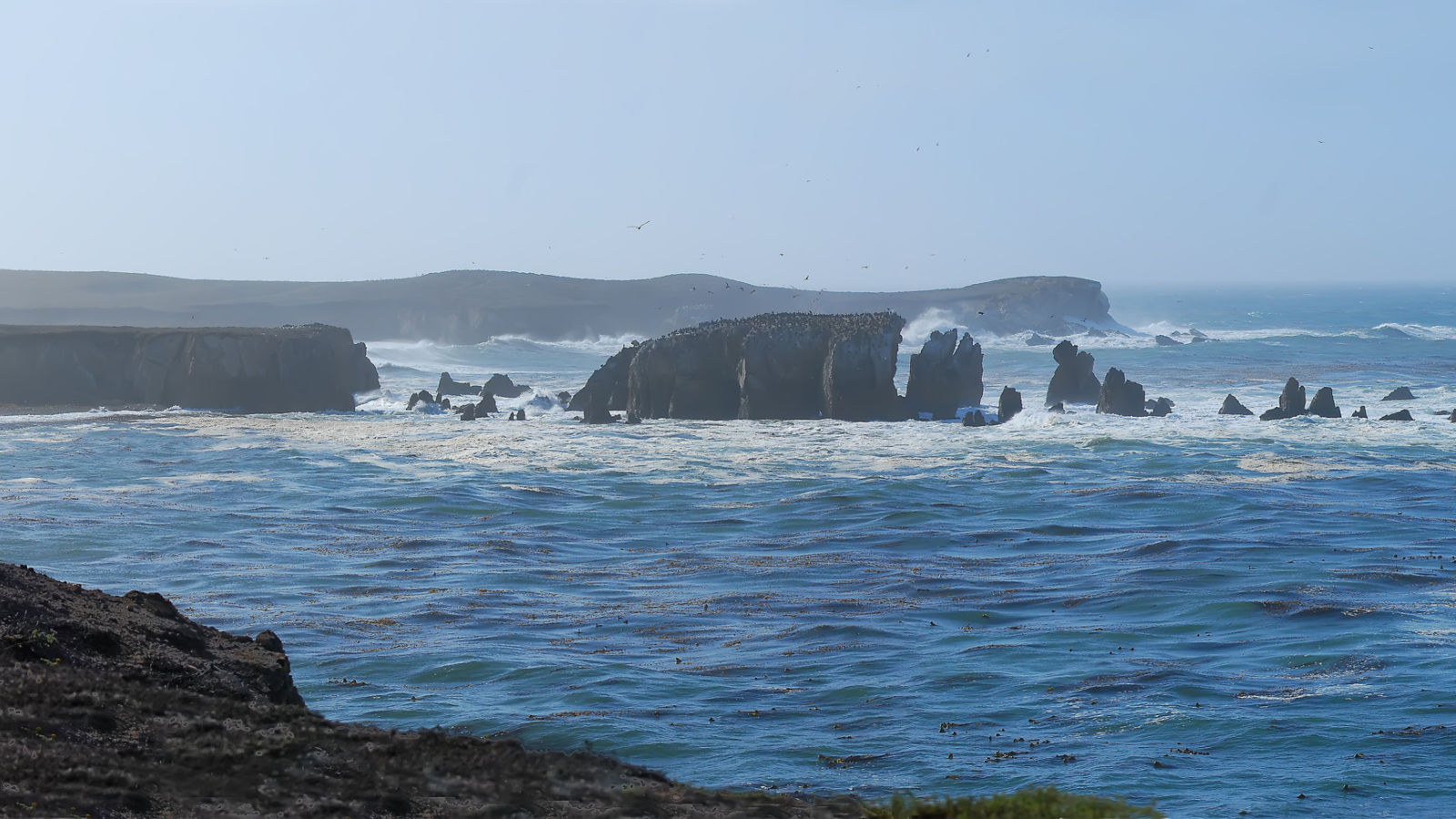
Strengthen Protections for California’s Coast Proposal

Environment Georgia’s 2024 Program Priorities



